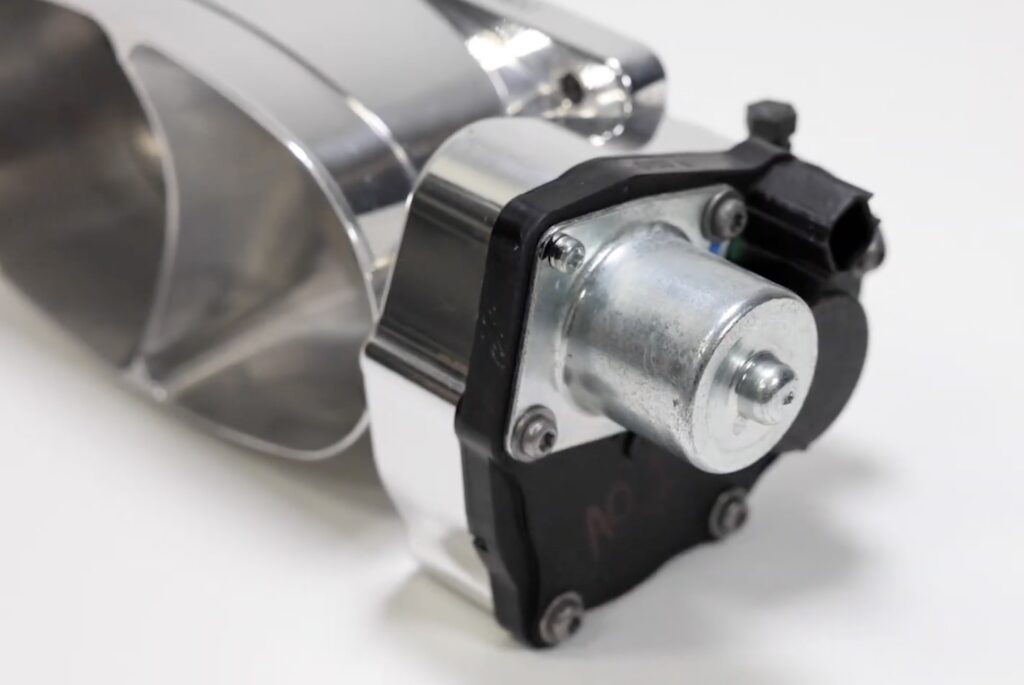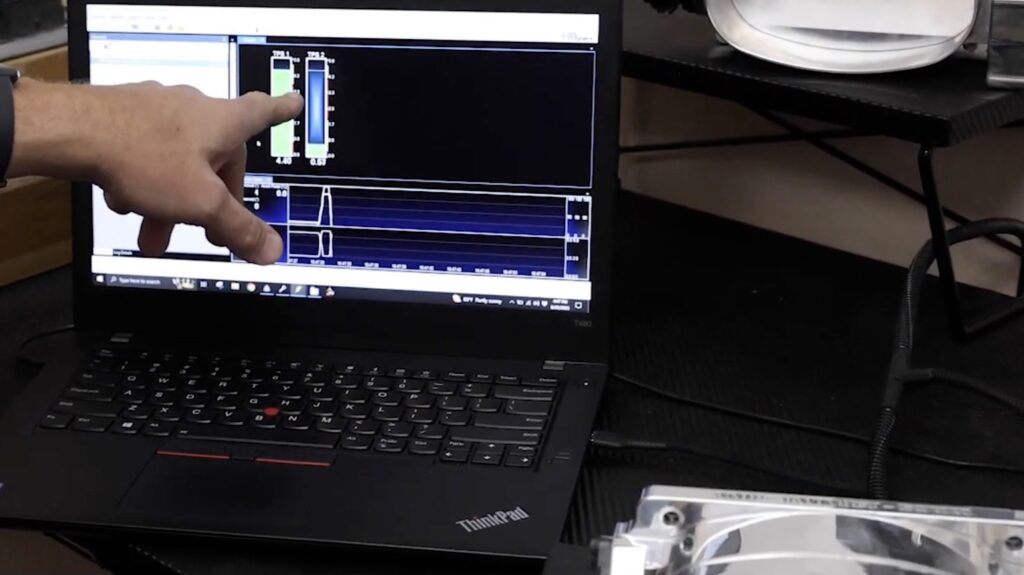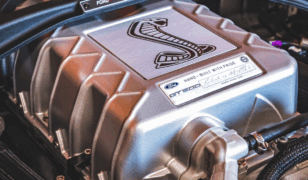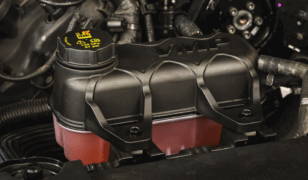If you’re exploring the world of performance upgrades, chances are you’ve heard a lot about throttle bodies. What do they do? How do you know if yours is working right? And what makes VMP’s throttle bodies stand out?
We’ll break down the basics of throttle body function, design, and calibration. Here’s what you need to know before you dive into your own throttle body upgrade.
What Is A Throttle Body And How Does It Work?
- Factory twin 60mm throttle bodies and VMP’s Twin Jet throttle bodies both come cracked open at about 7 degrees in their default state.
- The ECU expects this opening angle, so VMP throttle bodies are calibrated to match OEM specs.
- When you press the gas pedal, the throttle blade opens up to about 82–90 degrees, depending on the generation of throttle body.
This calibration ensures your ECU knows exactly what’s happening, so your car idles properly and delivers consistent throttle response.
The Role Of The Spring-Loaded Stop Screw
One of the most important parts of a throttle body’s design is the spring-loaded stop screw.
- This plastic bolt with a spring and detent pin sets the closed blade position.
- It also ensures the blade cracks open to that factory 7-degree angle.
- A properly working spring ensures the throttle can both close itself and open under load.
If the spring is incorrectly installed or broken, you’ll lose that force, leading to idle and performance issues. In our big, single-blade throttle bodies, we use an extremely soft spring in the spring-loaded stop screw, so the throttle valve motor doesn’t have to work against the spring to move the blade at idle. This allows the motor to control the throttle valve more precisely. Our throttle bodies are also carefully calibrated at the factory, so you don’t have to mess with adjustments.
What To Look For In A Properly Working Throttle Body
When you’re checking a throttle body – new or used – there are a few quick visual checks you can make:
- Blade angle at rest: It should close to that 7-degree point.
- Opening angle: Manually open the blade; it should swing smoothly to around 90 degrees.
- Closing spring: The blade should snap back to position when you release it.
- TPS (Throttle Position Sensor) readings: Both throttle position sensors should flip-flop correctly in a scan tool or data logger.
If any of these checks fail, your ECU may detect a fail-safe condition and limit performance.
VMP’s Design Difference
At VMP Performance, throttle bodies aren’t just about size – they’re about precision design and calibration.
- Factory-level calibration for TPS voltage and airflow leakage.
- Non-adjustable stop screws to eliminate user error and guarantee reliability.
- Soft spring design on larger single-blade throttle bodies for smooth idle control.
- In-house calibration and rebuild services are available if you need a refresh.
This means whether you’re running a Twin Jet 69 or a big single-blade 163R, you’ll get a throttle body that bolts up easily, works with your ECU, and delivers reliable performance.
Why Throttle Body Calibration Matters
The hardest thing a throttle body has to do is return to idle. At idle, engine vacuum is highest, and that can cause binding or hanging if the design isn’t right. VMP’s throttle bodies use:
- Better gear ratios in Gen 2 and Gen 3 motors for smoother control.
- Stronger motors for a reliable idle return.
- Carefully tuned torque tables for predictable throttle response.
The result? More consistent drivability, smoother idle, and better throttle response – even on big-blade throttle bodies.
Throttle Body Repairs and Diagnostics
At VMP, we’ve been making throttle bodies for almost 20 years. If you’ve got an older VMP throttle body, we’re always here to help diagnose any issues and suggest or assist with repairs.
VMP throttle bodies utilize factory electronics and sourcing those in the event of a failure is a great place to start. Here’s a few basic things you can check and do at home that may take care of the problem as well:
At VMP, we offer calibration and repair services for our throttle bodies. We’ve been making throttle bodies for almost 20 years. If you’ve got an older VMP throttle body, it’s simple to send one in and have it rebuilt. However, there are some basic things you can check and do at home that may take care of the problem:
TPS Issues: The throttle position sensors may have an issue where only one of the sensors actuates. Some Gen 1 ECUs will tolerate this failure mode and not throw a fail-safe. Gen 2s will always fail safe when they only have one working TPS. The good thing is you can purchase a replacement TPS at the auto parts store and easily fix this part of your throttle body yourself at home.
Motor Failure: If you think you have a bad or burned-out motor, you can get one off the stock throttle body, swap it, install the spring, and get yourself back on the road.
Throttle Bodies From VMP Performance
Throttle bodies might seem like simple parts, but the engineering behind them makes a big difference in performance and drivability. With VMP Performance throttle bodies, you’re getting:
- Factory-calibrated digital electronics already installed
- Smooth idle return and spring design
- Reliable driveability and tunability
- Performance proven through thousands of units installed and tested
If you’re considering a throttle body upgrade for your Mustang, GT500, or other performance build, we have the solution you need.
Explore our full lineup of VMP throttle bodies and see why enthusiasts trust us for performance upgrades that just work.












